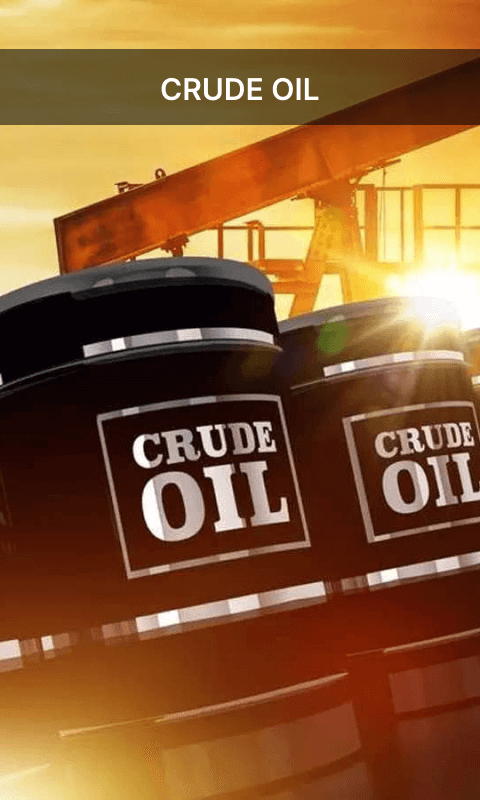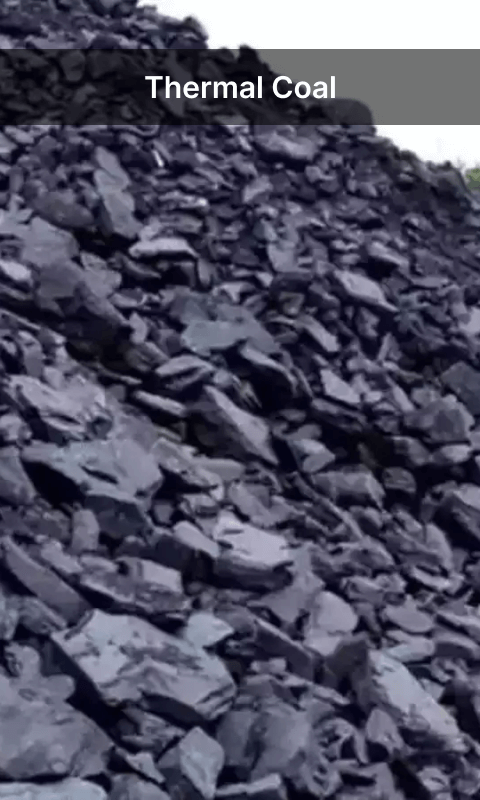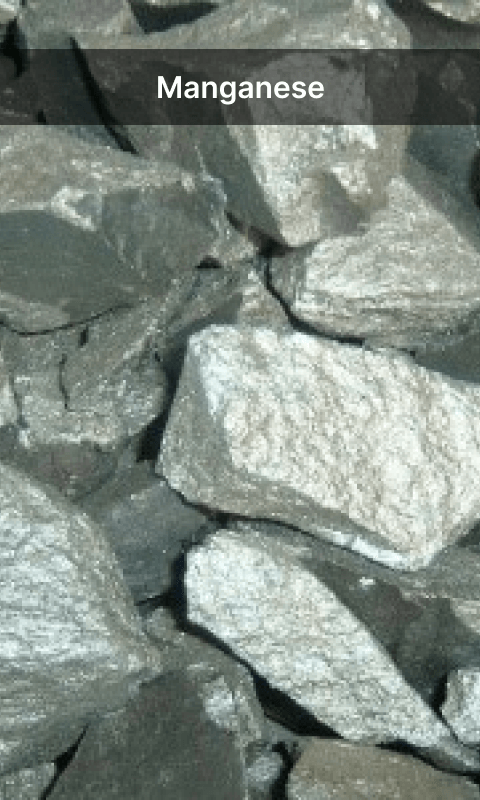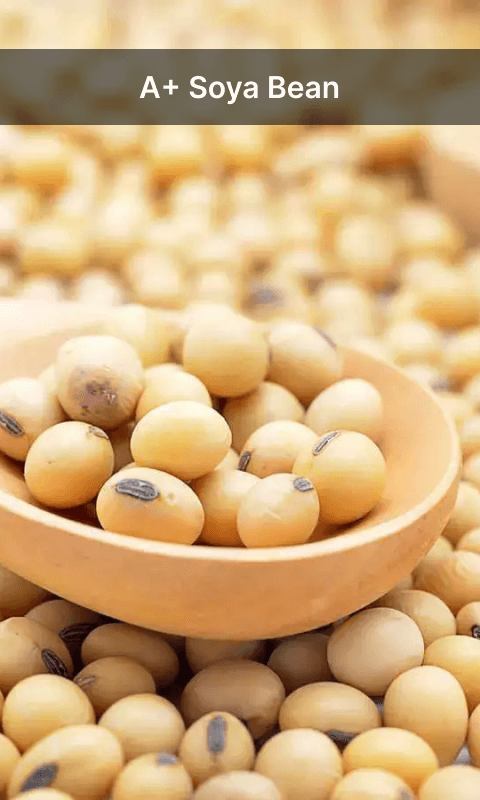- 01
About Us
Welcome to Kaptaan Business Solutions, your trusted partner in EN590 Fuel Suppliers and global import/export for direct buyers and mandates in energy, mining, and agriculture. We supply premium fuels (EN590 10ppm, Jet A1, ULSD, LPG, LNG, Crude Oil, D6), metals (Copper, Aluminum A7), and commodities (Soybean, Maize, ICUMSA 45 Sugar) straight to you—no brokers, no hassle.
Our commitment? Deliver top-quality products at competitive prices, with full regulatory compliance and unmatched buyer satisfaction. We simplify the complex, ensuring you get exactly what your business needs. Partner with us to power your success—connect directly today!
- 02
Our Services

Fuels
Kaptaan Business Solutions provides direct buyers and mandates with premium fuel products sourced globally from trusted EN590 Fuel Suppliers. Our range includes Jet A1, EN590, ESPO, CST-180, LCO, LNG Gas, LPG Gas, ULSD, Crude Oil, and Virgin Fuel Oil D6. From small businesses to large corporations, we deliver broker-free, cost-effective solutions tailored to your needs. Count on us for reliable, high-quality fuel that keeps your operations running smoothly. Request your direct quote today!

Metals
Kaptaan Business Solutions delivers premium metals—copper ore, iron ore, aluminum, manganese, and more—sourced directly from top global suppliers for direct buyers and mandates. Our import/export experts offer tailored, broker-free solutions, ensuring you get the high-quality metals your business needs to thrive. From personalized support to competitive pricing, we’ve got you covered.
Commodities
Kaptaan Business Solutions supplies direct buyers and mandates with premium commodities—ICUMSA 45 sugar, A+ soya beans, yellow corn, and more—sourced from trusted global suppliers. Whether for production or trading, our top-quality products meet your needs with broker-free reliability. Our experts provide tailored consulting and trading solutions to ensure your success. Reach out today for a direct quote on your commodity requirements!

Logistics
Kaptaan Business Solutions streamlines logistics for direct buyers and mandates, ensuring your goods—fuels, metals, or commodities—reach their destination safely and efficiently. Our experienced team offers broker-free, end-to-end solutions, including warehousing, freight forwarding, and customs clearance, customized to your needs. Trust us to simplify your supply chain so you can focus on your business. Contact us now for tailored logistics support!
0+
International Transactions0
Countries Covered0
Satisfied Clients0
Tons of Goods- 03
Product Gallery
Oil & Gas and Other Fuels Transaction Policy:
- At Kaptaan Business Solutions, we release our sellers’ fuel procedures only after receiving the buyer’s company CIS, POF, Buyers Passport.
- For buyer mandates, commissions are secured by our firm, with an NCNDA/IMFPA executed between buyer and seller following the buyer’s issuance of an ICPO.
- Should a buyer or buyer’s mandate refuse to provide a CPA/TSA/valid TSR or POF (via SWIFT MT199, bank-to-bank) to the seller, it signals a lack of authenticity and intent, wasting valuable time. If our terms are not acceptable, we respectfully request you refrain from contacting us.
- Prior to submitting official documents (ICPO/company CIS) from your end buyer, do not request documentation from our sellers. We exclusively partner with genuine, reputable sellers.
Agricultural Products & Other Products :
- Legal & Confidentiality Policy:
- For legal and confidentiality purposes, Kaptaan Business Solutions does not disclose historical data of other buyers, including shipping invoices, bills of lading, shipper’s invoices, SGS reports, proof of product (POP), contracts, or any information that contravenes ICC (International Chamber of Commerce) rules or risks plagiarism or forgery.
- We are unable to share details of prior services or provide copies of documents, certificates, or similar items. As a trading and consulting firm, we, alongside our colleagues, partners, and clients, adhere strictly to ICC regulations, refraining from exchanging official documents—such as POP, SGS certificates, or bills of lading—to safeguard the privacy and confidentiality of buyers and sellers.
- Product certificates are transmitted exclusively from the seller’s bank to the buyer’s bank per the agreed procedural timeline.
- Upon execution of the SPA and NCNDA/IMFPA, all transaction documents are exchanged directly between the end buyer and end seller via their respective banks. As a trading and consulting entity, we lack authorization to access additional documents related to these transactions.
- To engage with us, you must represent an active trading or consulting company. Please submit your company profile to one of our designated email addresses for verification; upon approval, we will reciprocate with ours.
- We exclusively serve direct buyers and mandates—no brokers or intermediaries are accepted. Document exchanges occur solely via corporate email addresses (Gmail, Yahoo, Hotmail, etc., are not permitted).
- End buyers may initiate collaboration and access our supplier network by providing a letter of intent accompanied by their company registration.
Get a Free Quote
Ready to secure your fuel, metals, or commodities directly? Request a personalized quote crafted for your specific needs. Submit your details via our form, and our team will connect with you promptly to deliver a comprehensive, broker-free solution. Act now—start sourcing smarter with Kaptaan!
#EN590DirectExporters, #JetA1DirectExporters, #ULSDDirectExporters, #ESPODirectExporters, #LPGDirectExporters, #LNGDirectExporters, #CrudeOilDirectExporters, #D6DirectExporters, #CopperDirectExporters, #AluminumA7DirectExporters, #SoybeanDirectExporters, #MaizeDirectExporters, #YellowCornDirectExporters, #ICUMSA45SugarDirectExporters, #ChemicalsDirectExporters, #ThermalCoalDirectExporters, #TextileDirectExporters, #CopperCathodeDirectExporters, #IronOreDirectExporters, #CopperOreDirectExporters, #ManganeseDirectExporters
- 04
Testimonials
“Kaptaan Business Solutions has transformed our fuel procurement. Their expert team sources top-quality Jet A1, EN590, and Crude Oil directly for us—no brokers—ensuring compliance and competitive pricing. Their tailored fuel solutions have optimized our operations, delivering reliability and speed we can count on. They are the best EN590 Fuel Suppliers”
“We’ve partnered with Kaptaan Business Solutions for years and couldn’t be more satisfied. Their responsive team delivers premium copper ore, aluminum A7, and iron ore directly to us—no brokers—ensuring consistent quality and timely supply. They exceed expectations, empowering our success. We strongly recommend Kaptaan to direct buyers seeking dependable metal solutions.”
Kaptaan Business Solutions offers specialized fuels training for direct buyers and mandates, empowering you to master procurement of Jet A1, EN590, ULSD, LNG, LPG, Crude Oil, and more. Our comprehensive program, led by industry experts, covers sourcing strategies, compliance, and cost optimization—no brokers involved. Tailored to your needs, we equip you with the knowledge to secure reliable, high-quality fuel directly from global suppliers. Enroll today to streamline your fuel supply chain!



